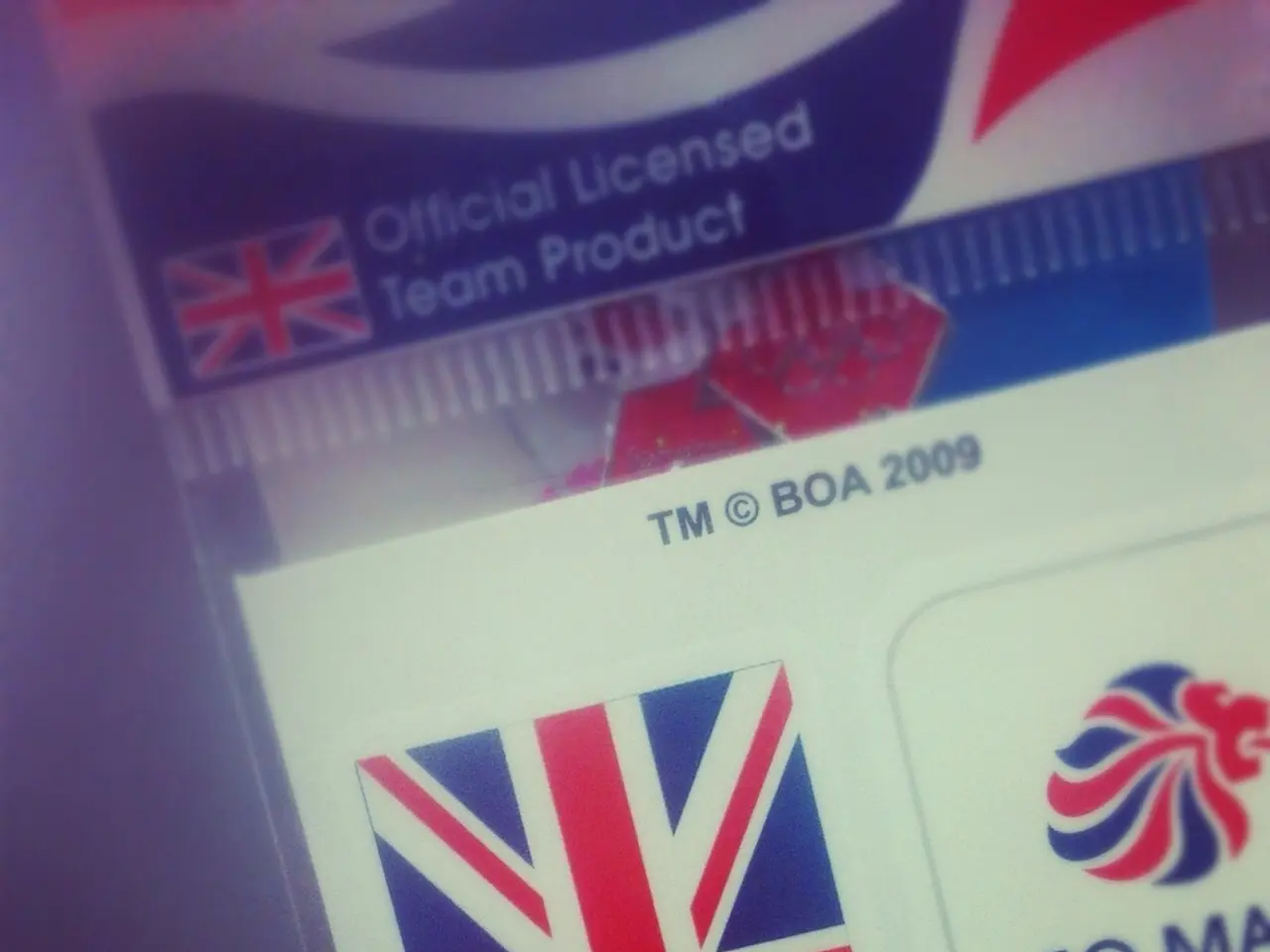American commercial-focused visa options
If you're a foreign entrepreneur or business professional looking to enter the U.S., understanding the various visas available can be a daunting task. This article aims to simplify that process by comparing the key requirements and differences of five temporary U.S. visas related to business, employment, and investment.
B-1 Visa (Temporary Business Visitor)
The B-1 Visa is designed for short-term business visits, such as attending conferences, meetings, negotiating contracts, or consulting with business associates. It does not allow working or long-term employment in the U.S.
- Key requirements:
- Temporary stay (usually 1–6 months, extendable)
- Proof of legitimate business purpose for visit
- Must prove intent to return to home country after visit
- Cannot engage in gainful employment in the U.S.
- Suitable for activities like attending seminars, meetings, settling contracts, training
E-1 Visa (Treaty Trader)
The E-1 Visa is for nationals of treaty countries engaged in substantial trade between their home country and the U.S.
- Key requirements:
- Must be a national of a country with a qualifying treaty of commerce and navigation with the U.S.
- At least 50% of the trade must be between the U.S. and the treaty country
- Applicant must be an essential employee, executive, or have operational control over the trade
- Involves international trade activities, not long-term investment
E-2 Visa (Treaty Investor)
The E-2 Visa is a viable option for foreign entrepreneurs to live and work in the U.S., owning and operating a business.
- Key requirements:
- National of an E-2 treaty country
- Substantial investment in an operating U.S. enterprise (typically ~$100,000 or more)
- Investor must own at least 50% of the business or have control through managerial position
- The business must be active and not marginal (expected to generate sufficient income to support investor and family)
- Investment must be at risk with potential for loss; funds must be lawful
- Does not directly lead to a green card; temporary/non-immigrant status
- Employment creation is necessary, meaning the enterprise creates jobs beyond the investor
L-1 Visa (Intracompany Transferee)
The L-1 Visa is for a foreign national "executive", "manager" or "person of specialized knowledge" who has worked for an enterprise outside the U.S.A. for at least 1 year within the past 3 years and is being transferred to that enterprise's U.S. subsidiary, branch office or affiliate temporarily in a comparable capacity.
- Key requirements:
- Applicant employed abroad in a qualifying managerial, executive, or specialized knowledge capacity for at least 1 continuous year within last 3 years
- U.S. company and foreign company must have qualifying relationship (parent, branch, subsidiary, or affiliate)
- Intended work in managerial or executive role (L-1A) or role requiring specialized knowledge (L-1B)
- Allows stay longer than B-1 and ability to work as employee
EB-5 Visa (Investment Green Card)
The EB-5 Visa is a permanent resident visa for a foreign national who makes a significant investment in a "new U.S. enterprise".
- Key requirements:
- Investment of at least:
- $800,000 if in a targeted employment area (TEA; rural or high-unemployment), or
- $1,050,000 otherwise
- Creation of at least 10 full-time jobs for U.S. workers
- Lawful source of funds must be demonstrated
- Investment usually in a new commercial enterprise or regional center
- Leads to conditional permanent residency and subsequently permanent resident status
- Subject to annual visa cap of 10,000 investors
| Visa Type | Purpose | Key Requirements | Duration & Path to Residency | Employment Allowed | Investment Requirement | Job Creation Requirement | Treaty Country Requirement | |-----------|---------|------------------|-----------------------------|--------------------|------------------------|--------------------------|----------------------------| | B-1 | Temporary business visits | Valid business purpose, intent to return home | 1–6 months; no green card | No | No | No | No | | E-1 | Trade under treaty | 50%+ trade between U.S. & treaty country; treaty nationality | Temporary; no green card | Yes (management/trade control) | No | No | Yes | | E-2 | Investment under treaty | Substantial investment (~$100,000+) in U.S. business, treaty nationality | Temporary; no direct green card | Yes (owner/manager) | Yes | Yes | Yes | | L-1 | Intracompany transfer | Prior foreign employment, qualifying relationship between companies | Usually 1–3 years, renewable; potential green card path | Yes | No | No | No | | EB-5 | Immigrant investor | Minimum $800K-$1.05M investment; 10 full-time US jobs | Permanent residency (Green Card) | Yes (through business) | Yes | Yes | No |
Summary of key differences:
- B-1 is for short-term business visits, no employment or investment.
- E-1 is for treaty traders conducting significant trade between the U.S. and their home country.
- E-2 requires a substantial investment and operational control in a U.S. company, for treaty country nationals, but no direct green card.
- L-1 allows transfer of existing foreign employees of multinational companies into the U.S. office with employment authorization and possible green card path.
- EB-5 is a green card program requiring a large capital investment and job creation with permanent residency as the goal.
This comprehensive breakdown integrates key visa features and requirements from the latest sources and reflects current U.S. immigration policies as of mid-2025.
[1] U.S. Citizenship and Immigration Services (USCIS). (n.d.). B-1 Visa. Retrieved from https://www.uscis.gov/visa-bulletin/2025/visa-bulletin-for-january-2025/b-1-visa
[2] U.S. Citizenship and Immigration Services (USCIS). (n.d.). E-2 Visa. Retrieved from https://www.uscis.gov/visa-bulletin/2025/visa-bulletin-for-january-2025/e-2-visa
[3] U.S. Citizenship and Immigration Services (USCIS). (n.d.). L-1 Visa. Retrieved from https://www.uscis.gov/visa-bulletin/2025/visa-bulletin-for-january-2025/l-1-visa
[4] U.S. Citizenship and Immigration Services (USCIS). (n.d.). EB-5 Visa. Retrieved from https://www.uscis.gov/visa-bulletin/2025/visa-bulletin-for-january-2025/eb-5-visa
[5] Foreign Founder U.S. Entry Strategy Agreement Generator. (n.d.). U.S. Entry Strategies for Foreign Founders. Retrieved from https://www.foreignfounderagreement.com/us-entry-strategies-for-foreign-founders
Read also:
- Intervention with endovascular stent grafting proves vital in addressing erosion of the superior mesenteric vein in severe pancreatitis - a remarkable strategy for managing an uncommon complication
- Seek Top-tier Executive Assistant for Entrepreneurs - Obtain Specialist Guidance
- Business Strategies for Top-tier Enterprise Structuring: Comprehensive Handbook with Templates Included
- Management Presentations: Guidelines, Strategies, and Subject Matter




